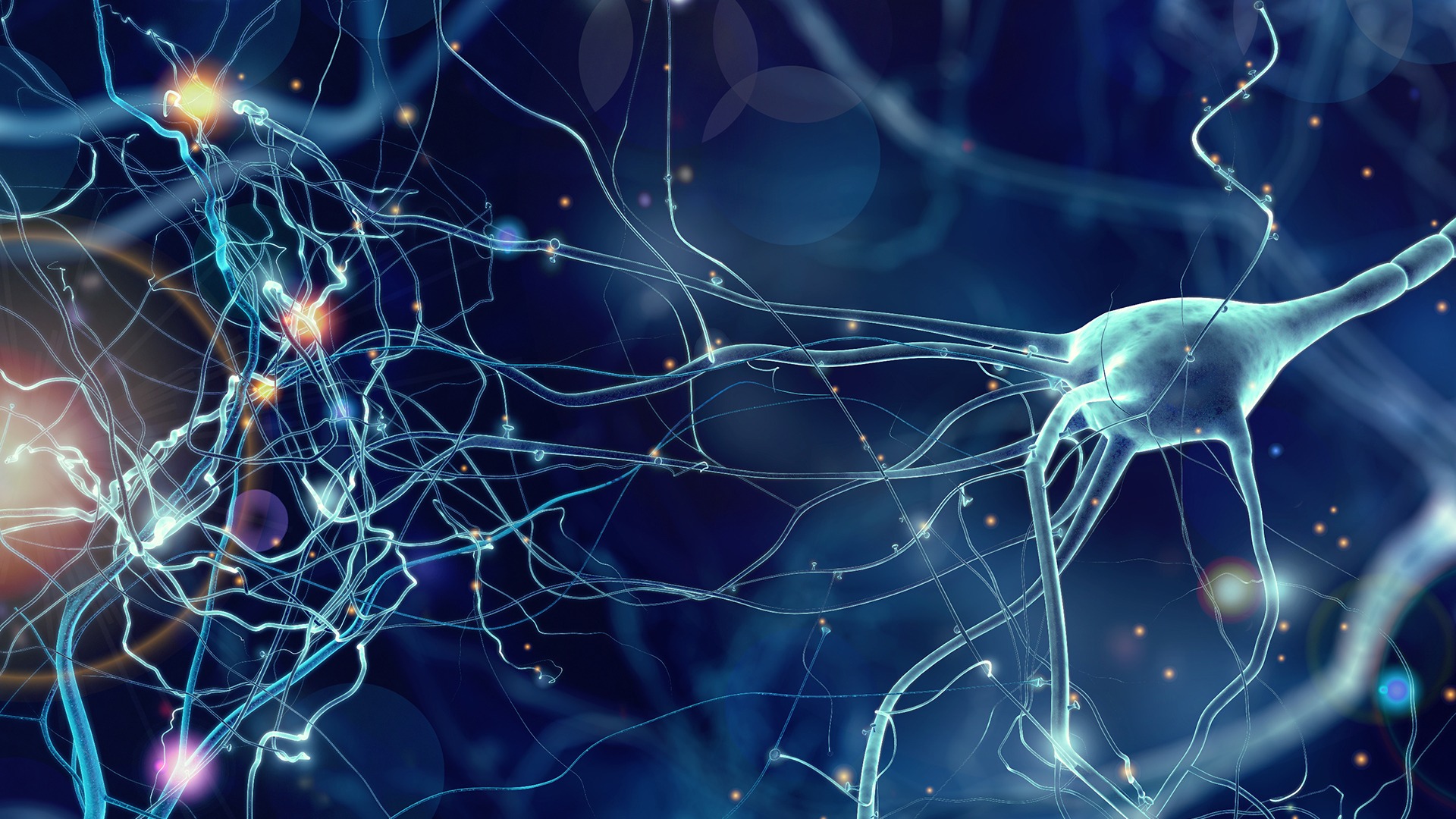SciLifeLab researchers participate to reveal clonal relations in the mouse brain
For the first time, Researchers from Karolinska Institutet, SciLifeLab/KTH, and the SciLifeLab National Bioinformatics Infrastructure Sweden (NBIS), have managed to use in vivo barcoding of early progenitor cells to simultaneously profile cell phenotypes and clonal relations in the mouse brain – using single-cell and spatial transcriptomics.
Previous research has revealed hundreds of molecularly diverse cell types in the nervous system using single-cell transcriptomics, but the lineage relationships between mature cell types and progenitor cells are still not well understood.
Using the comparison of family trees, it is possible to look at a cell in a multicellular organism and follow its genealogical line all the way back to the very first cell of the organism. In theory, connecting the dots in such a lineage tree, along with identifying its cell types, should be simple. Despite this seeming simplicity, the cell lineages at single-cell resolution are only known for a few organisms.
Progenitor cells are the descendants of past stem cells that have already differentiated towards specialized cell types and can only differentiate into its “target” cell. While capable of recovering tissue in the case of tissue injury, for example, they differ from stem cells that can generate an entire organ from a few cells.
“Using Space-TREX, we provide, to our knowledge, the first demonstration of high-density clonal tracking coupled to cell phenotyping and in situ barcoding and sequencing of brain tissue”, says last author Jonas Frisén (Karolinska Institutet).
Marcel Martin and Jakub Orzechowski Westholm from the NBIS platform supported the data analyzes and sequencing was done by the SciLifeLab National Genomics Infrastructure (NGI). Joakim Lundeberg’s research group at SciLifeLab also contributed with spatial analysis of the lineage events, which was published in Nature Neuroscience.
“By reconstructing thousands of clones, we discovered fate-restricted progenitor cells in the mouse hippocampal neuroepithelium and show that microglia are derived from a few primitive myeloid precursors that massively expand to generate widely dispersed progeny”, says Jonas Frisén.
The researchers combined spatial transcriptomics with clonal barcoding and disentangled migration patterns of clonally related cells, in densely labeled tissue sections.
“Overall, we think that an integrated approach, such as Space-TREX, is needed to disentangle the complex relationships among cell identity, cell history and tissue anatomy that underlie the organization of both the healthy and diseased brain”, says Joakim Lundeberg (SciLifeLab/KTH).





